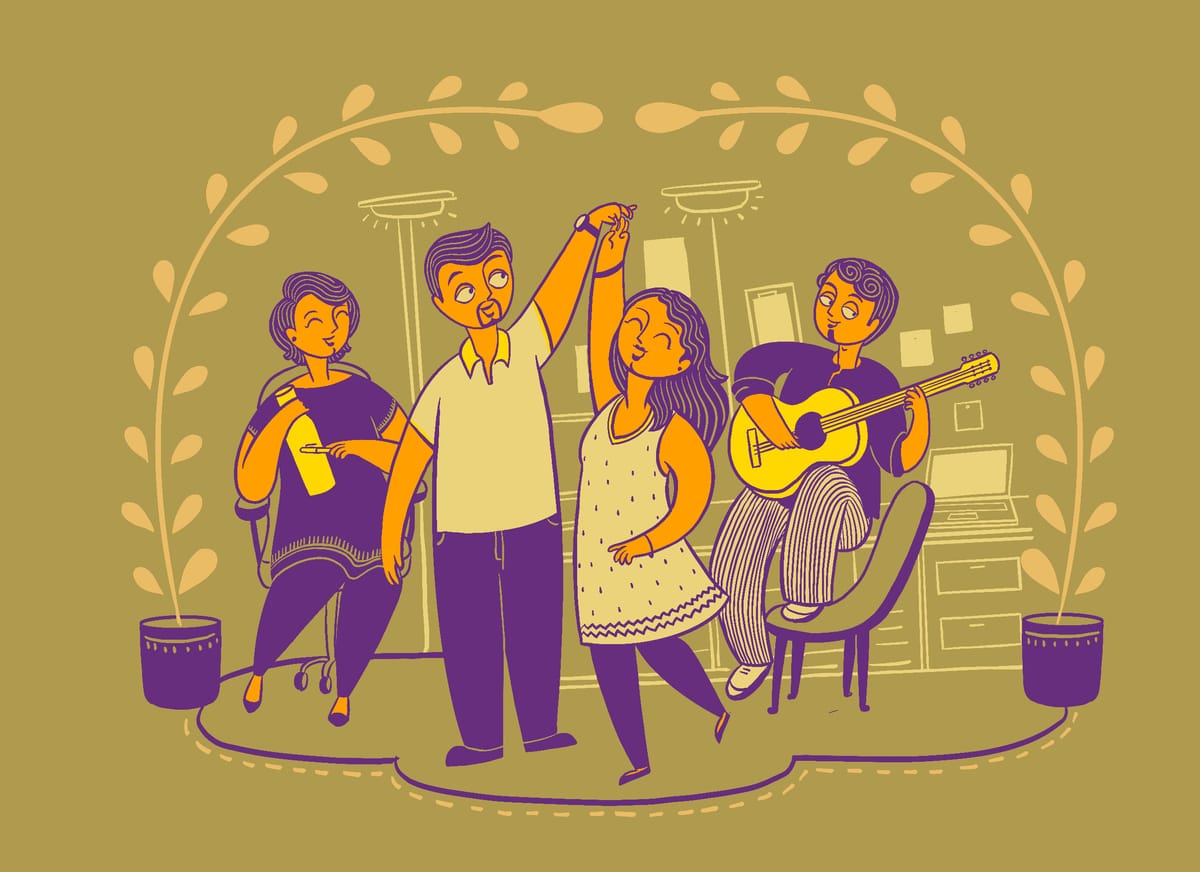Mindful leadership: Enhancing employee wellbeing through compassionate management

A leadership role is much more than guiding employees. Who you are choosing as a leader is extremely crucial because it sets the tone for the organization’s culture, employee morale, and company performance and predicts growth and future success rate for the company.
Mindful leadership is different from all other kinds of leadership. It is a kind of leadership in which you cultivate the ability to be present, open, and compassionate while leading others. It focuses on choosing to respond with calmness and compassion while navigating through challenges. This fosters a sense of grounding and provides you with a better outlook on things because you are calm on the inside.
An example of mindful leadership would be His Majesty, the King of Bhutan, Jigme Khesar Namgyel Wangchuk. During the COVID-19 pandemic, his leadership was highlighted by the World Health Organization’s country representative. According to the reports by Breathe Bhutan, during the Pandemic, many people came forward to offer help in the form of opening up spaces free of cost for quarantine facilities, farmers donating their crops to those in need, civil servants offering donations, waiving off loans. This resulted in minimizing the horrifying impacts COVID-19 had on communities.
Being mindful in your leadership allows employees to work in an emotionally healthy environment. When employees are in a space that provides them emotional safety and well-being, it motivates them to give their best and move forward with camaraderie.
What qualities do mindful leaders possess?
Self-awareness and empathy:
Being aware of your strengths and shortcomings allows you to plan effectively and realistically. It does not mean that a mindful leader will never aim high. It only means that the mindful leader will always choose to lead with empathy no matter what the outcome is. Empathy becomes a bridge that connects the leader with their employees.
Healthy coping mechanisms:
In stressful situations, the leader would rely on using healthy coping mechanisms that help them tackle the problem in a solution-oriented manner rather than panicking.
Curiosity over judgment:
While interacting with employees, the leader shows up with curiosity rather than judgment. A curious mind is open to newer ways of doing the same things and understanding different perspectives. In comparison, the judgmental mind proceeds forward with an assumption and often discredits responsibility taking.
How can you practice mindful leadership?
Be patient: Try not to jump on to conclusions or look at things in a black-and-white manner. Be patient with yourself and the people around you. When someone or you acknowledge a mistake, give yourself and others the time to work on it. Practice being patient and giving space to people.
Be mindful: Your words are very powerful. Every feedback you provide your employees is crucial and impacts how they perceive themselves and the work they do. Therefore be mindful of your vocabulary and tone while delivering feedback. You can practice mindfulness by using a simple technique of observation. Imagine you are observing the sky. It is changing colors and the clouds are shifting their positions but you are simply looking at them without wanting to change them. Try to observe your employee’s behaviours and their work before you address them.
Encourage your employees to look after themselves: Everyone is fighting a battle that they do not speak about. Sometimes personal life can get challenging and take a toll on a person’s emotional and physical health. It is natural for work also to get impacted. As a leader, you can encourage your employees to seek support that allows them to manage their emotions better and not feel overwhelmed with the responsibilities. From an organizational perspective, you can offer them whatever support is possible. It could be allowing them to be flexible with their work timings, offering them a day off, or reducing the workload for a while but every step you take towards their wellbeing matter. Every small effort you choose to take for them is counted. These things not only help employees feel supported but also enhance their trust.
STOP: This is a simple yet effective technique that can be practiced with your team during conflicting situations. STOP is an acronym that stands for,
S: Stop. Pause from what you are doing. Disconnect completely from what you are doing.
T: Take a comfortable position and settle down by taking long, deep breaths. You can also close your eyes.
O: Observe your mind and body. Observe the different physical sensations. Notice different thoughts passing by. Do not interfere, just pause and observe as an audience. Do not try to change anything.
Once your mind settles down,
P: Proceed. Before you open your eyes, decide how you would like to proceed from this moment onwards. Decide what direction you would like to take from this point.
Doing this exercise will allow you to take some space to reflect and introspect your stance. It will help you re-think points and come to a clearer conclusion. Doing this with your team will help them calm down and re-prioritize tasks.
Everyone faces a bad day at work: Neither employees nor you can be on the best behaviour every single day. Everyone is bound to have a tough day sooner or later. It helps to be compassionate and embrace this ‘humanness’ before putting pressure on yourself or others.



